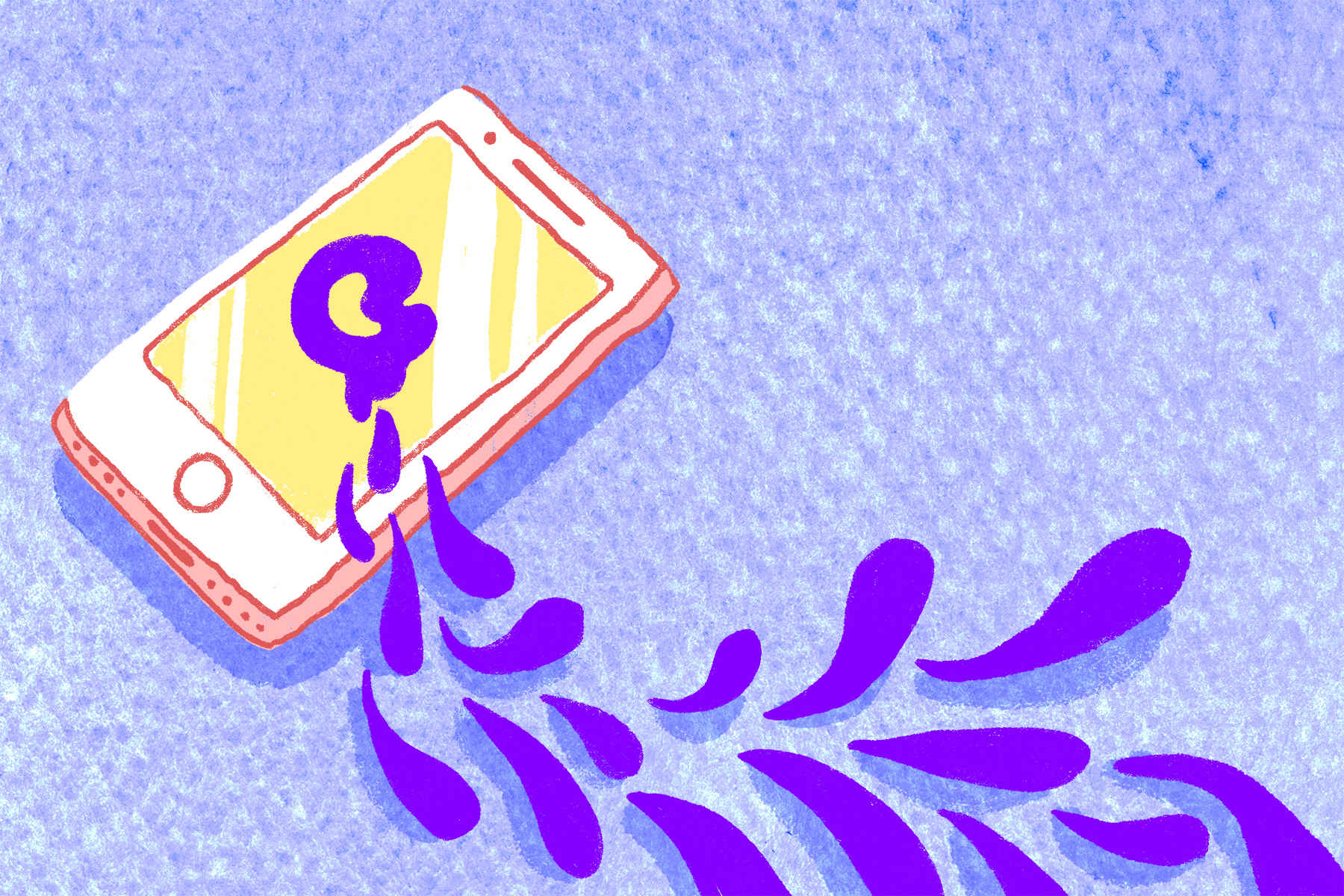Flip on the television and instead of channel surfing for something to watch, you go to your various apps of streaming content. You scroll by Netflix, Hulu and Amazon Prime, and you marvel at all of your different options. Perhaps you’re even overwhelmed by the number of streaming choices flashing in front of your face.
Currently, a number of major streaming services are available on the market; others include Disney+, HBO Max and Peacock, as well as smaller options like Showtime and Starz.
Any consumer looking to add a subscription service to their feed is bombarded with a lot of great choices. Yet, every so often, you hear of a new service stepping into the already raging battlefield. In today’s oversaturated and competitive market, it can be difficult for any new streaming option to compete with the big-name services.
Enter Quibi. The scrappy, unknown service managed to pull itself up by its bootstraps and enter the streaming war. How did it do? Well, considering the service just announced it would be shutting down, it’s safe to assume Quibi completely failed to connect with consumers. With about $2 billion down the drain in investment money, it begs the question: What happened?
How did Quibi come and go so quickly?
Quibi, short for “quick bites,” was first developed back in 2018 by CEO Meg Whitman and founder Jeffrey Katzenberg. Unlike other streaming services, Quibi had a unique approach to delivering content. The main gimmick of the service revolved around presenting shows or movies in short, 10-minute intervals, hence the reference to quick bites.
The content was intended to be watched while standing in line, waiting in a doctor’s office or during a lunch break; Quibi was meant to fill those monotonous interruptions that plague day-to-day life.
On paper, it sounded like a neat idea to add to an already existing streaming service. However, for a new streaming service to completely rely on this gimmick while entering a crowded market was probably the first red flag. After all, people already color in those daily interruptions by scrolling through social media, browsing YouTube clips or watching something from a different service.
The marketing campaign didn’t do Quibi any favors either. Why? Partly because many people were confused about what the service even was — some consumers mistakenly thought it was a food delivery app.
Was it that bad?
The marketing also failed to reel viewers in on the actual content the service would provide. If Quibi had been able to supply popular and entertaining content, then maybe it would’ve worked.
Alongside the overall confusion and general rejection, when it looked like Quibi was going to struggle to get subscribers upon launch, the company offered a record 90-day free trial to build momentum in gaining users.
Quibi didn’t participate in the typical licensing practices of other streaming services, which is how companies like Netflix are allowed to stream non-original shows like “The Office” for a limited time before another service picks up the license. Instead, Quibi produced original content only, to fit its quick bites gimmick.
Quibi poured $1.8 billion into the making of this content, and it managed to snag lots of stars to shine in their newly-released content, such as Liam Hemsworth, Chrissy Teigen and Jennifer Lopez.
While some shows like “Chrissy’s Court” and movies like “Flipped” managed to get decent reviews on Rotten Tomatoes, the majority of the content received a range of negative to mediocre reviews. Besides a few hidden gems, was it worth it to pay for content nobody was really talking about?
As if unpopular content wasn’t enough, the launch of the service also came at the worst time possible — the arrival of the COVID-19 pandemic. The appeal of watching Quibi during those day-to-day interruptions no longer made sense, since most people were stuck at home quarantining.
This, in turn, exposed one of the service’s major flaws: Instead of streaming from your television or laptop, you could only watch the content on your phone. All of these questionable decisions led Quibi to fail after only a few months online.
As an avid watcher of many streaming options, I can only scratch my head at the decisions made by this company, and I am baffled by how much money went into such an unsuccessful service.
What are the take-aways from Quibi’s collapse?
Despite Quibi’s failure, there are some positives to take away. First, the idea of presenting shows and movies in short segments could work as an add-on to an already existing service. There are some series that could creatively implement this “quick bites” feature to their benefit.
Second is the “Turnstyle” format that allows viewers to watch their shows from either horizontal or vertical angles. This is an innovative feature that other streaming services could adopt.
Quibi will ultimately go down as a failure, but the service should be commended for its innovation. While it may just be a footnote in streaming history, its collapse is certainly a memorable one.

















